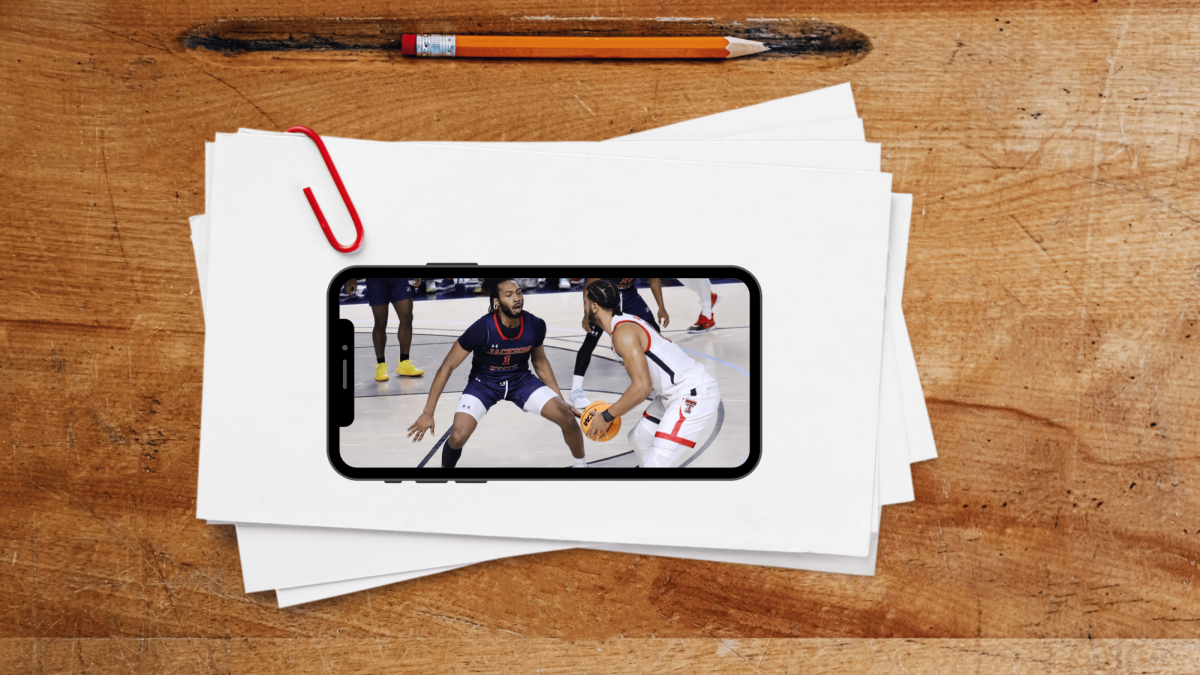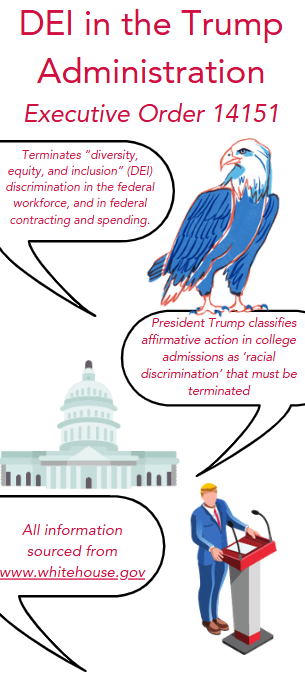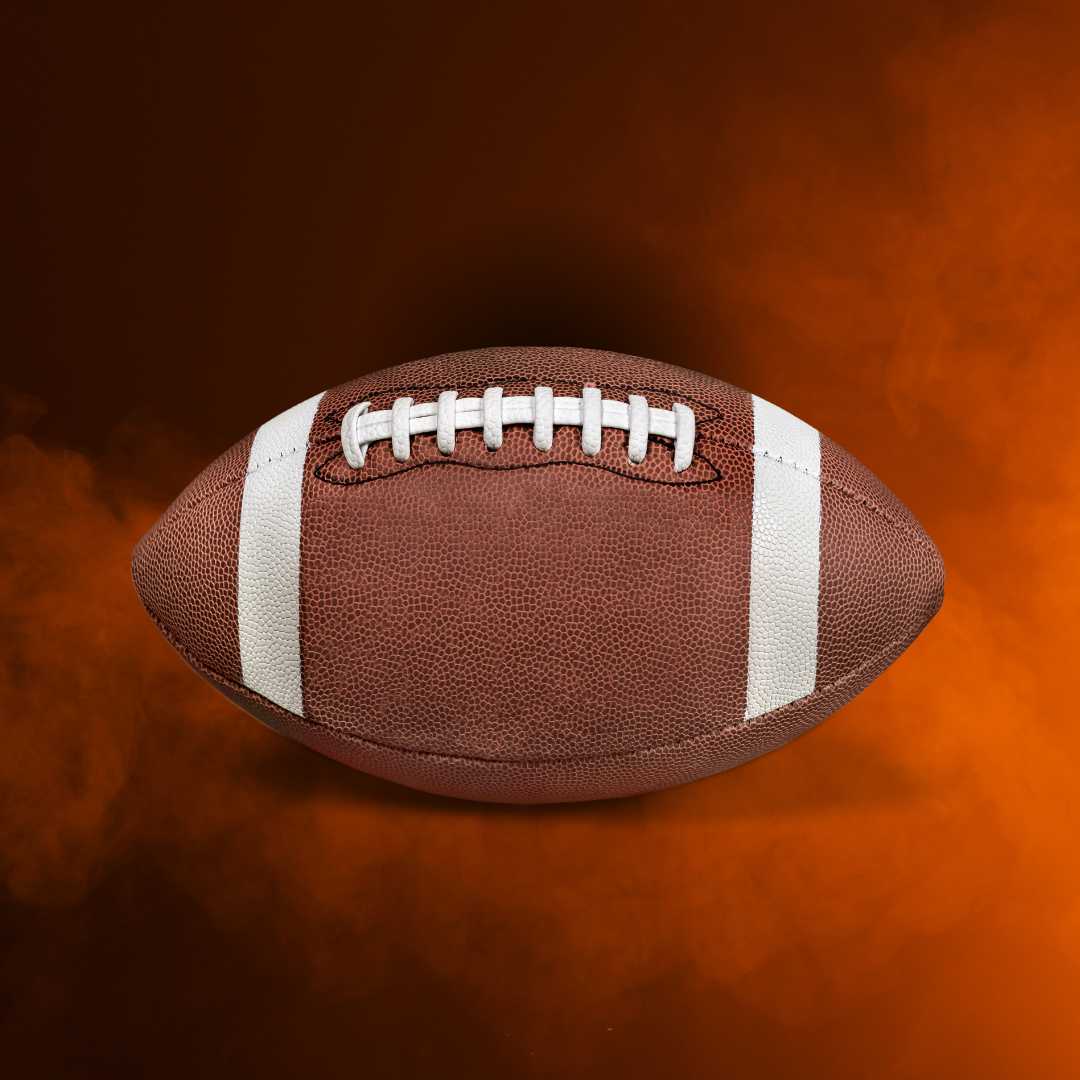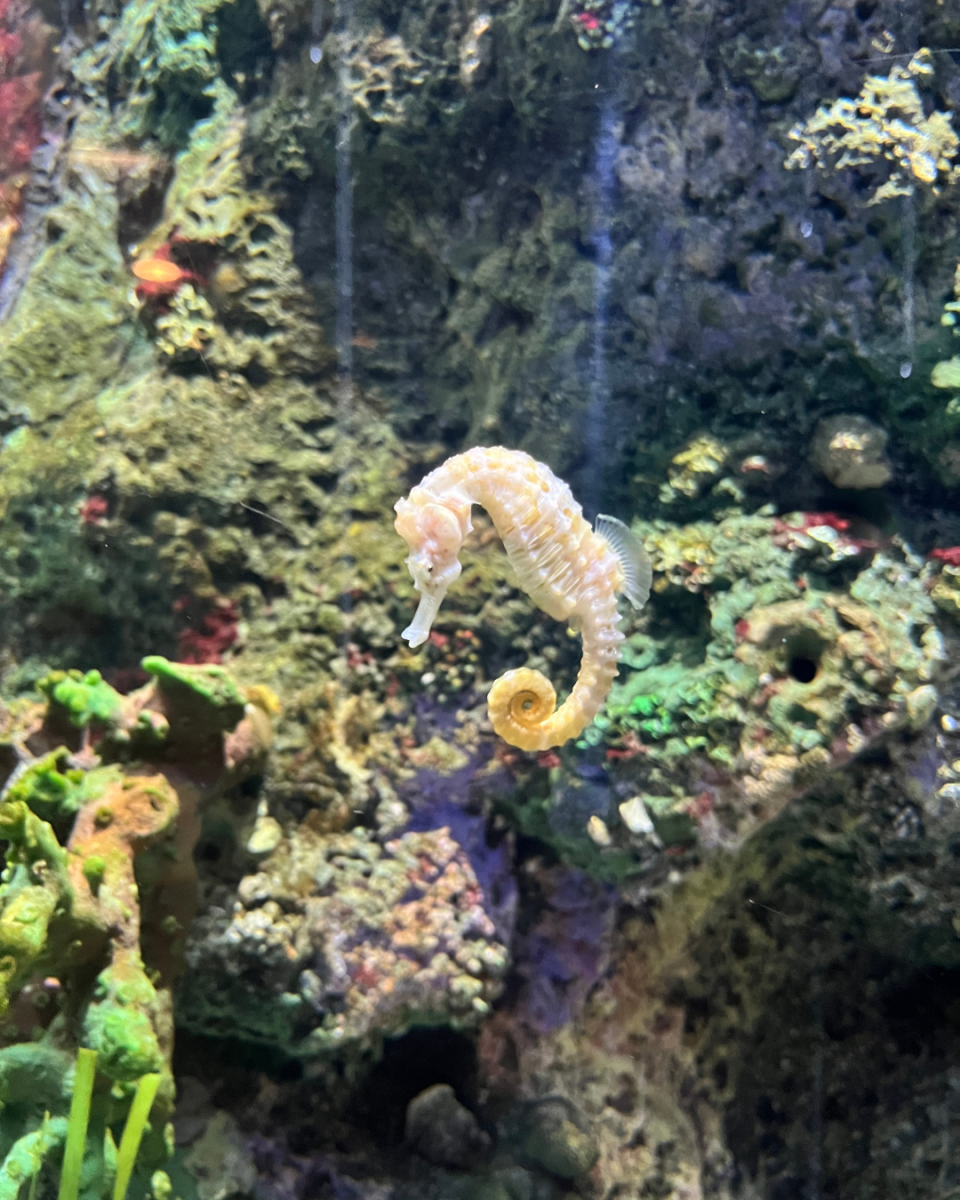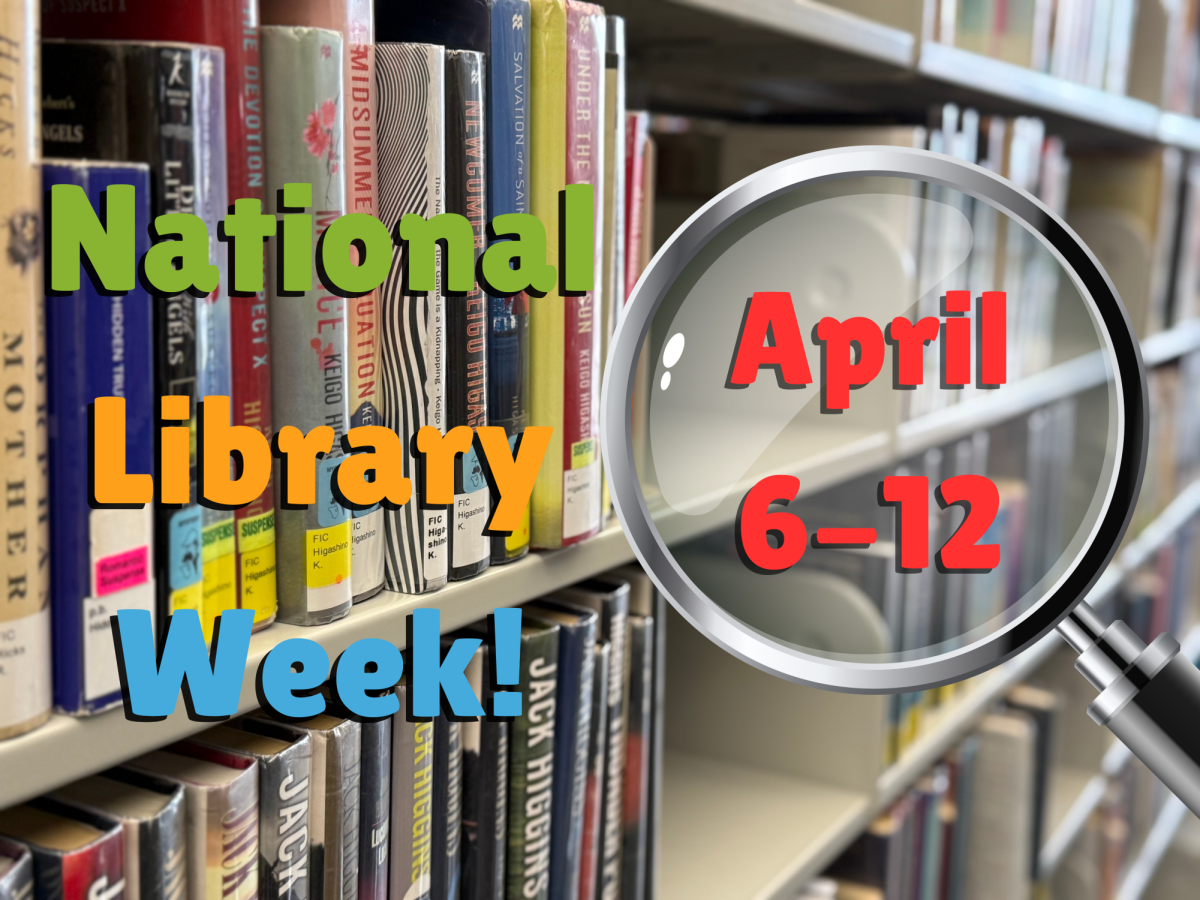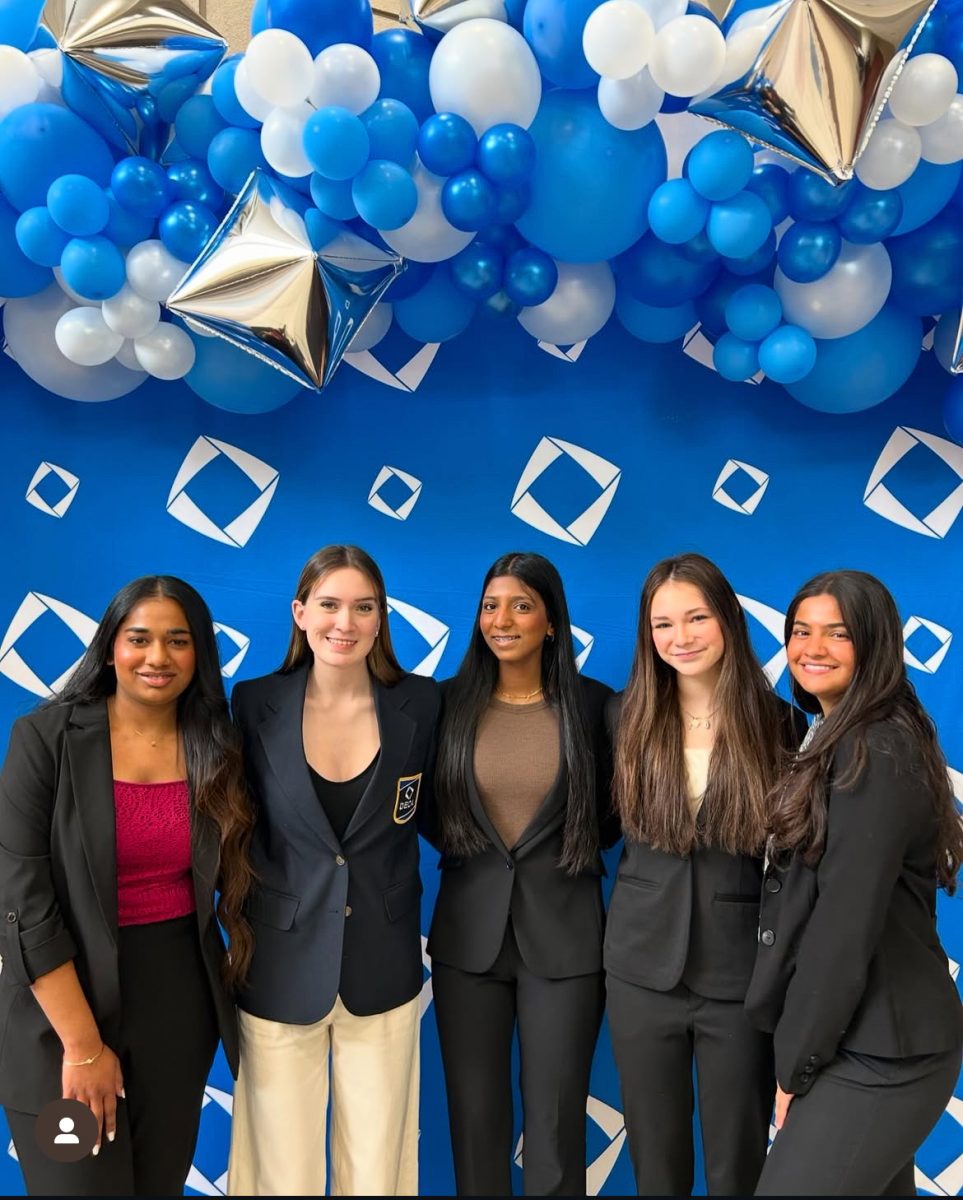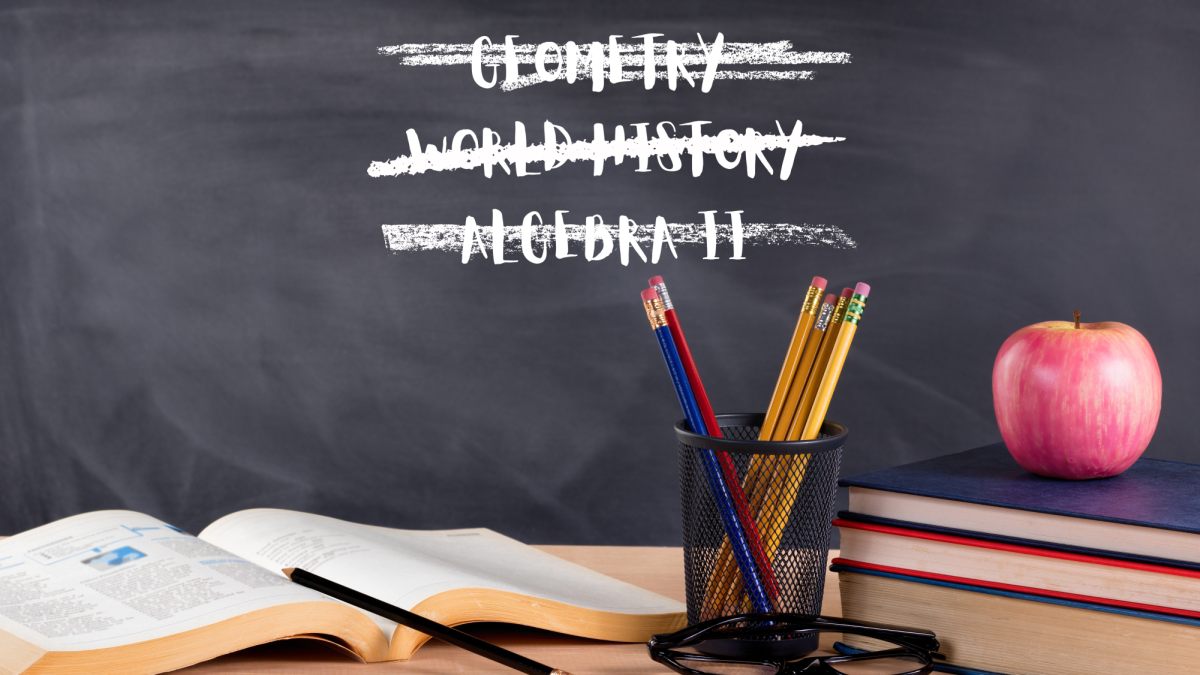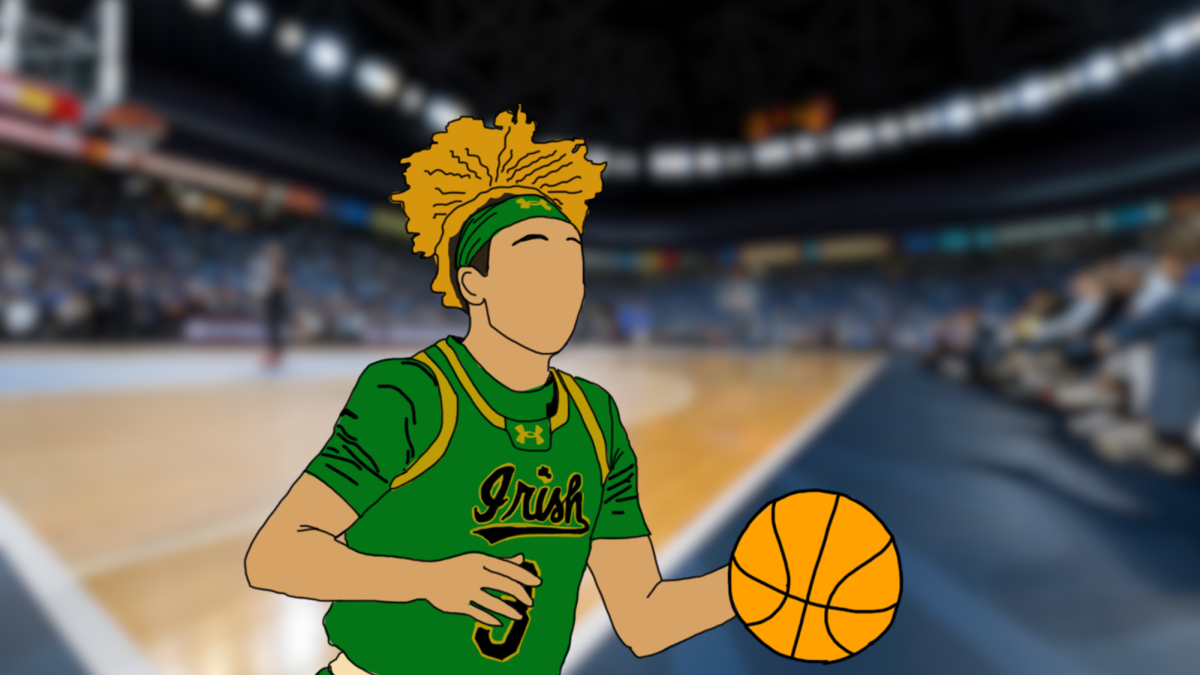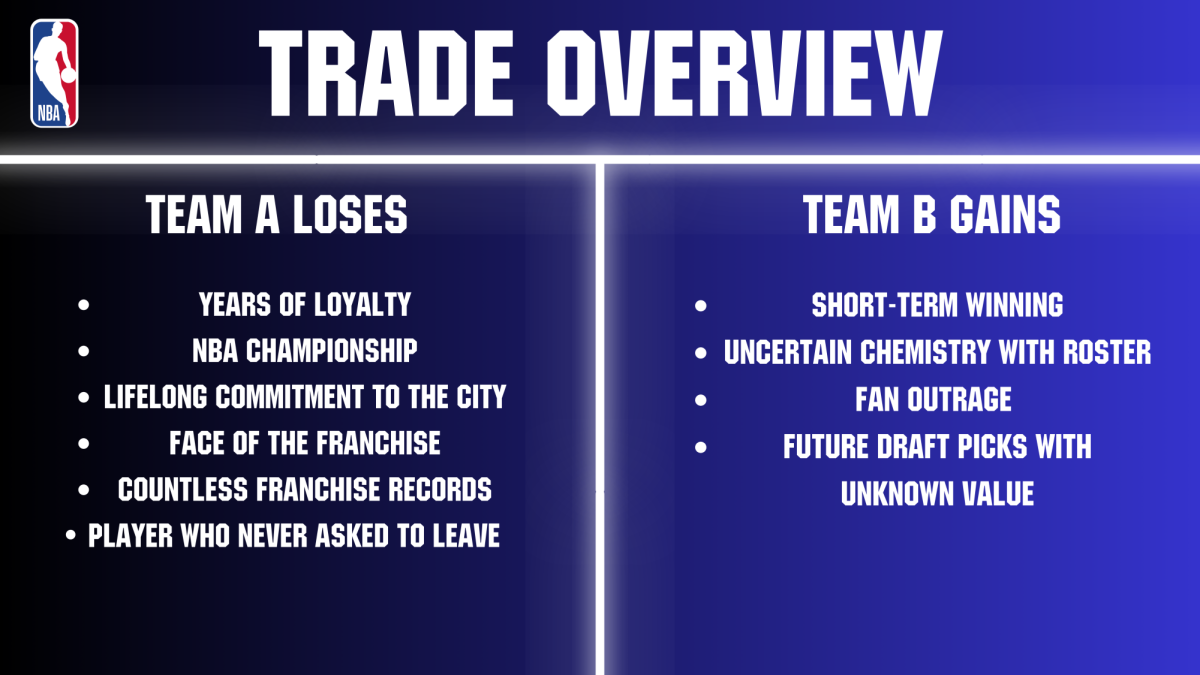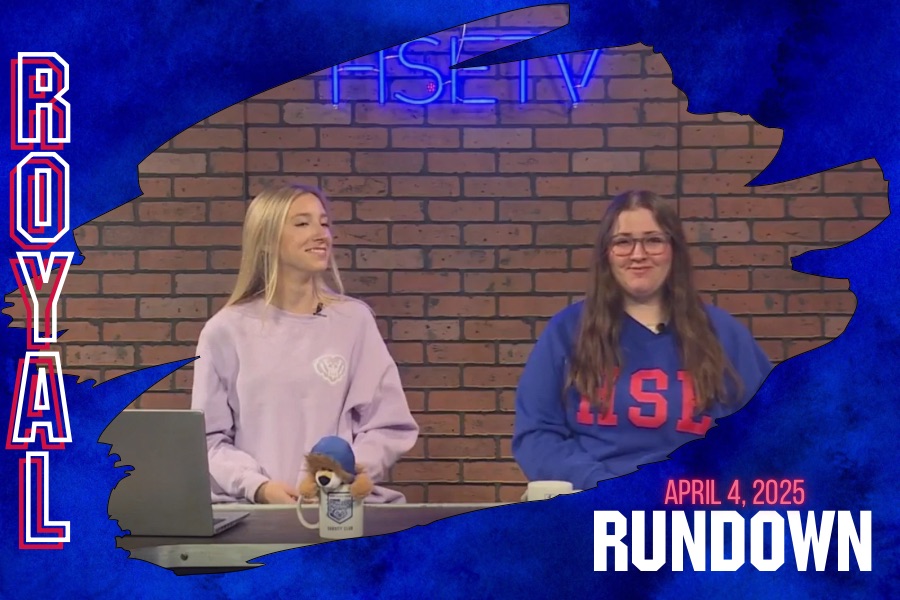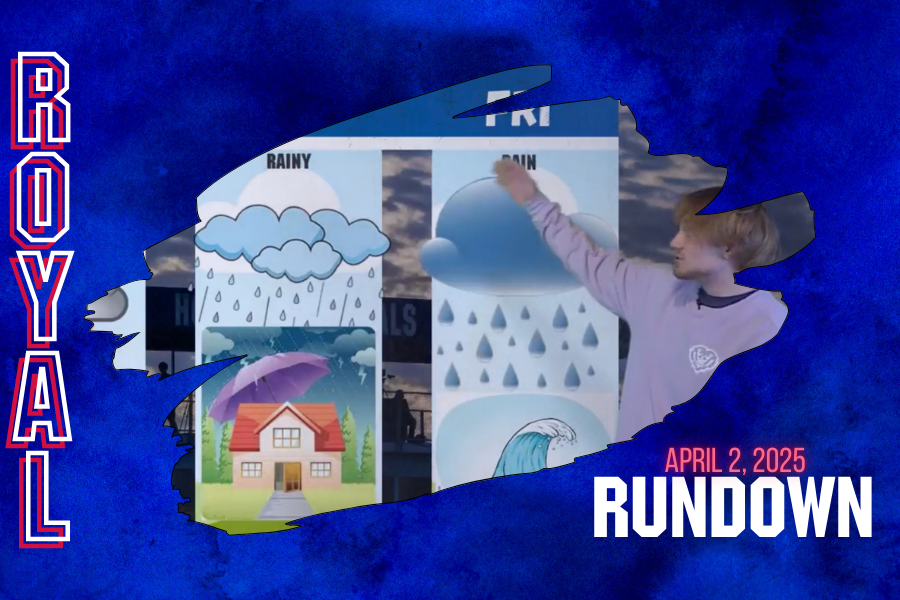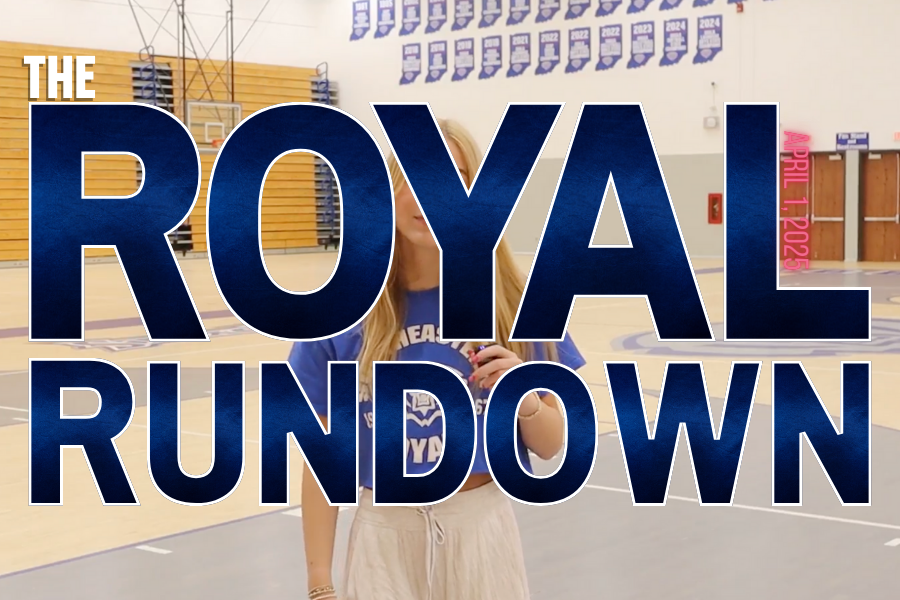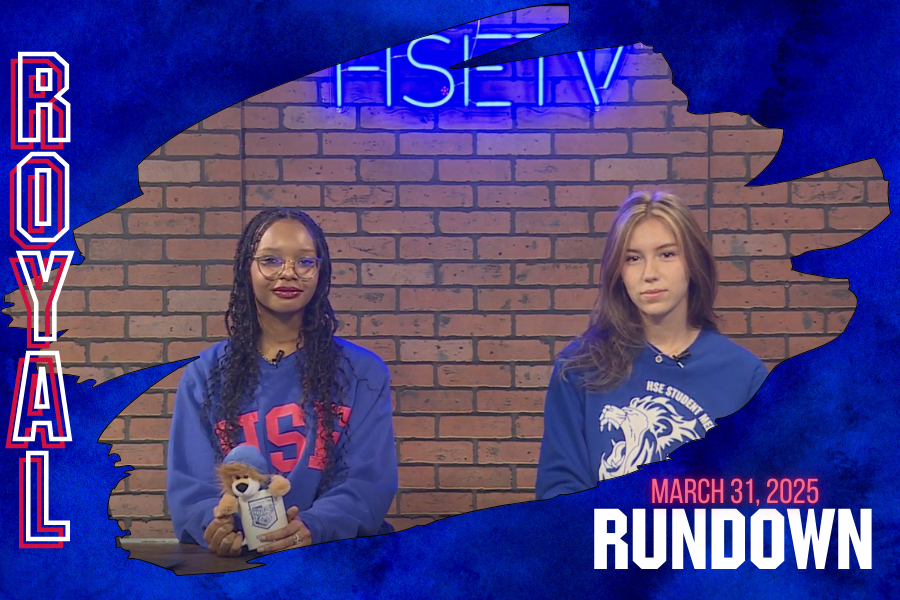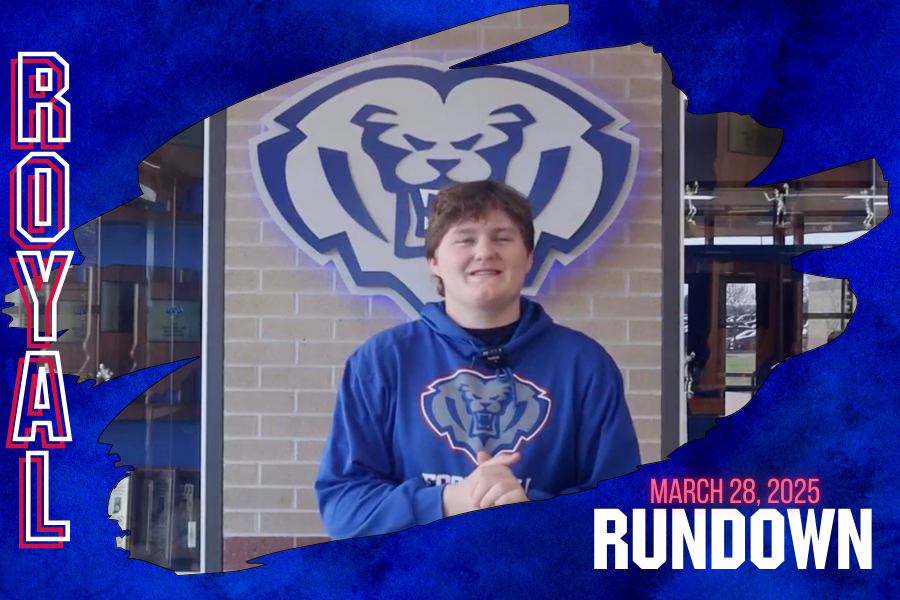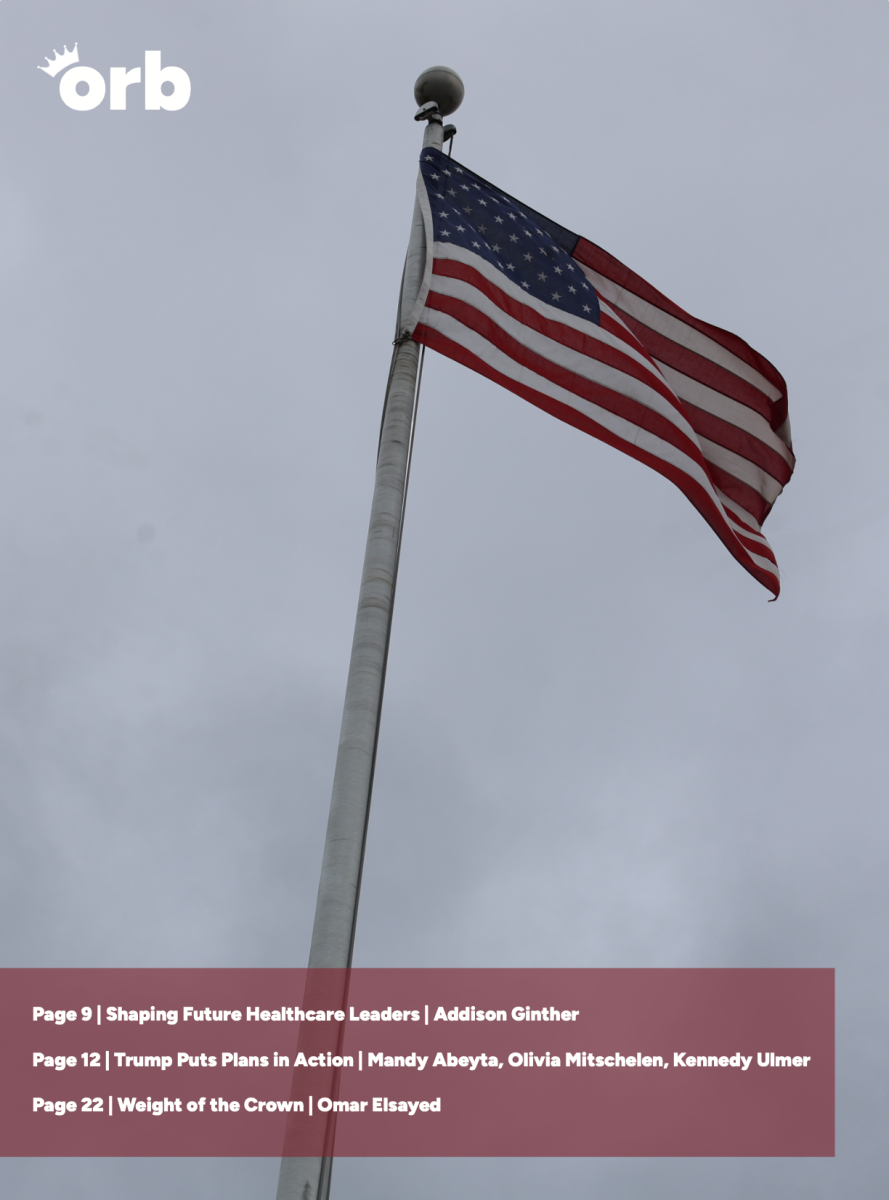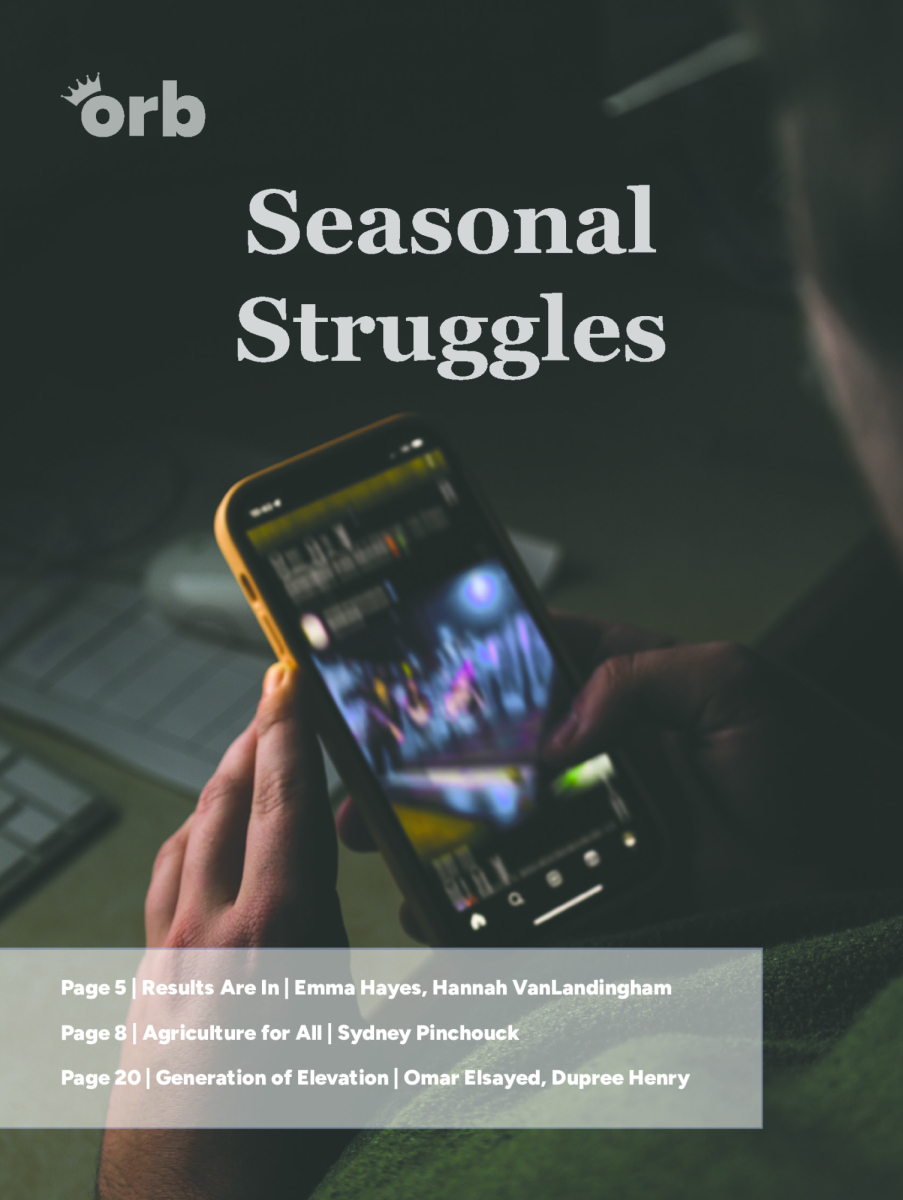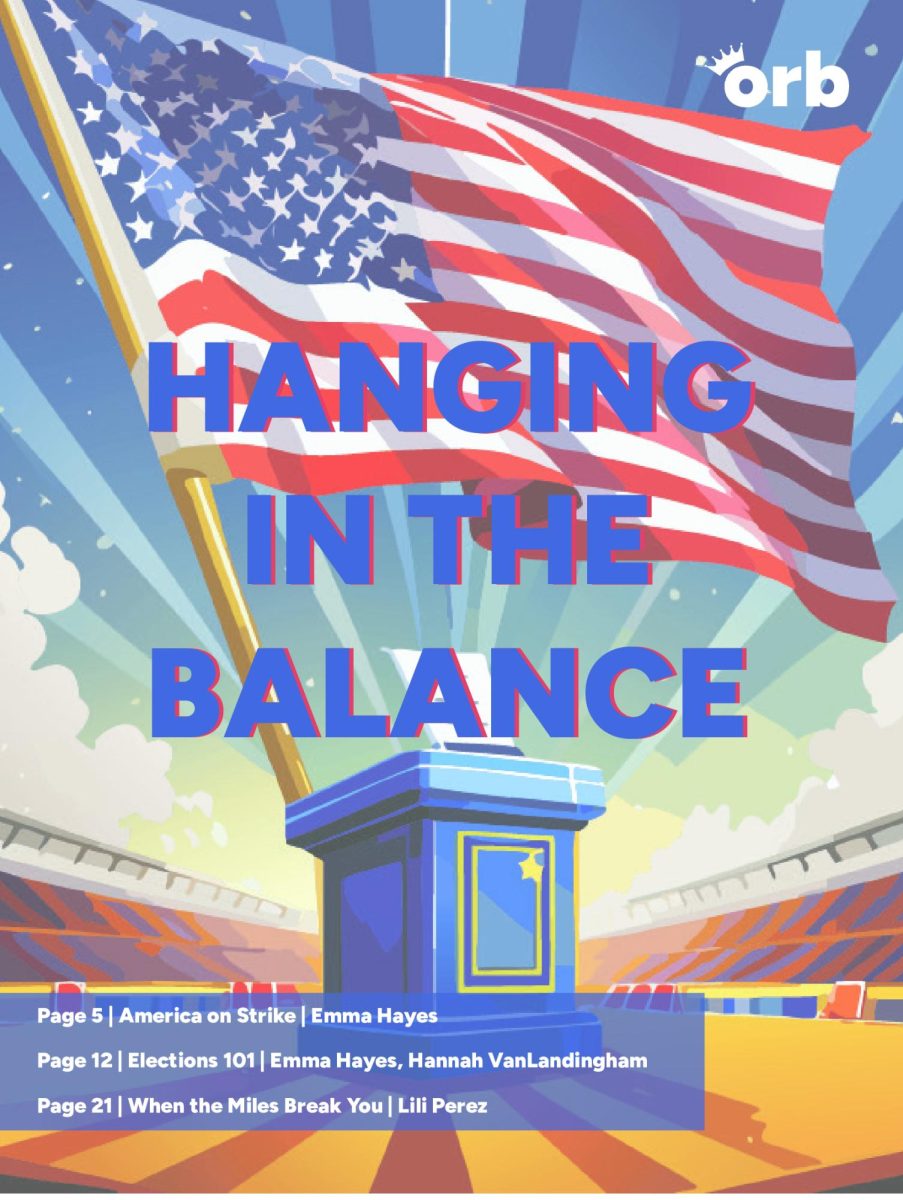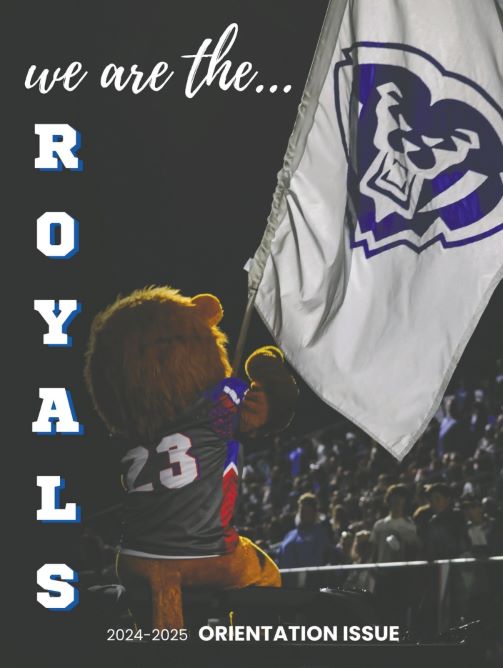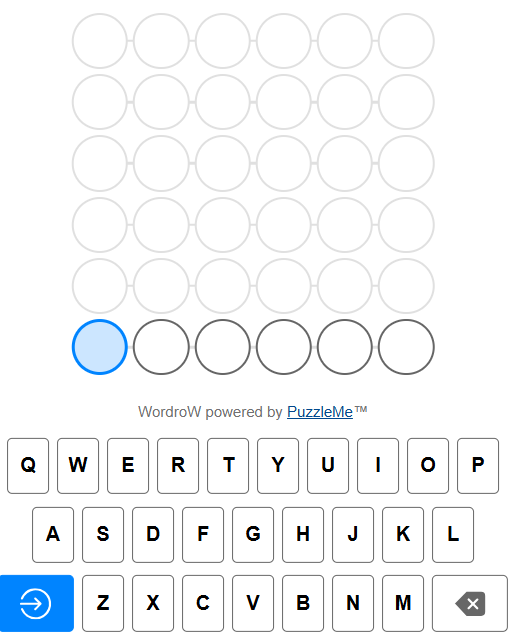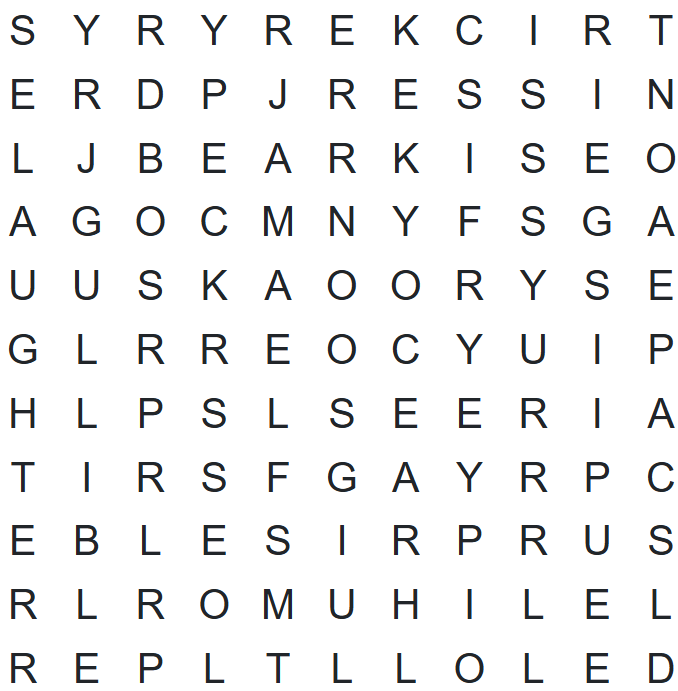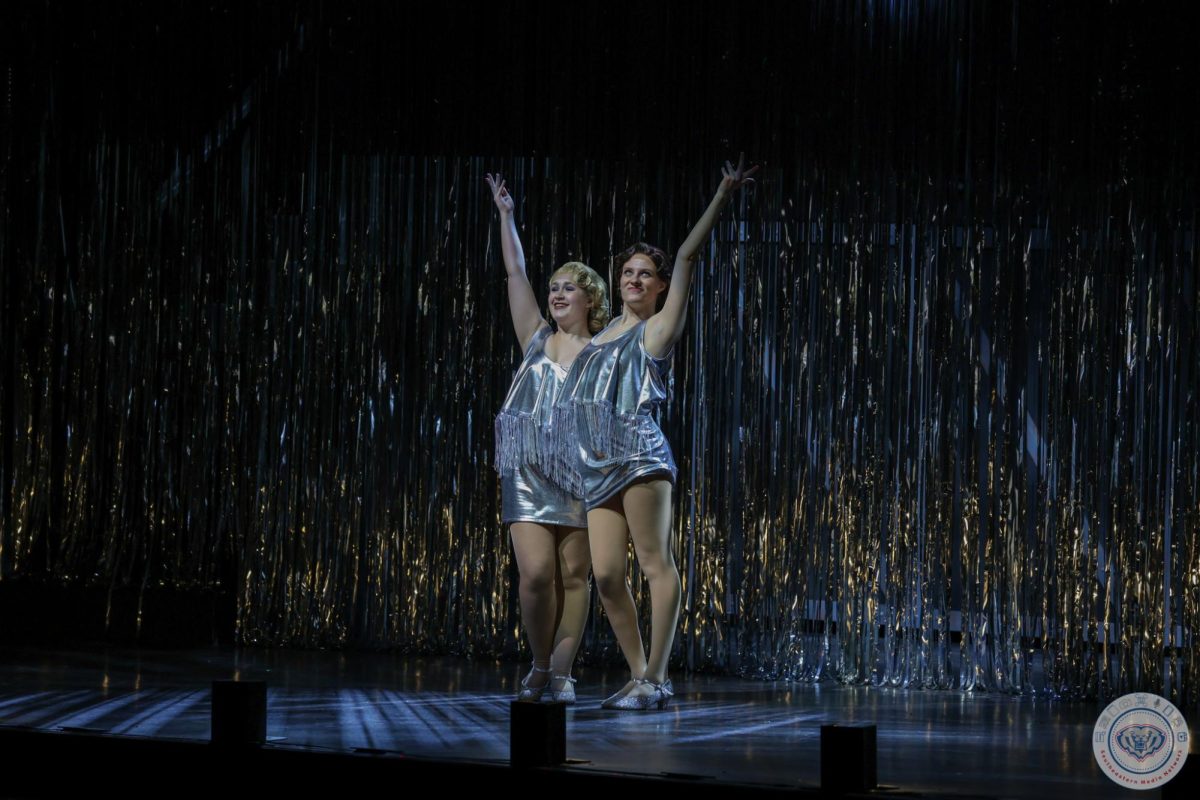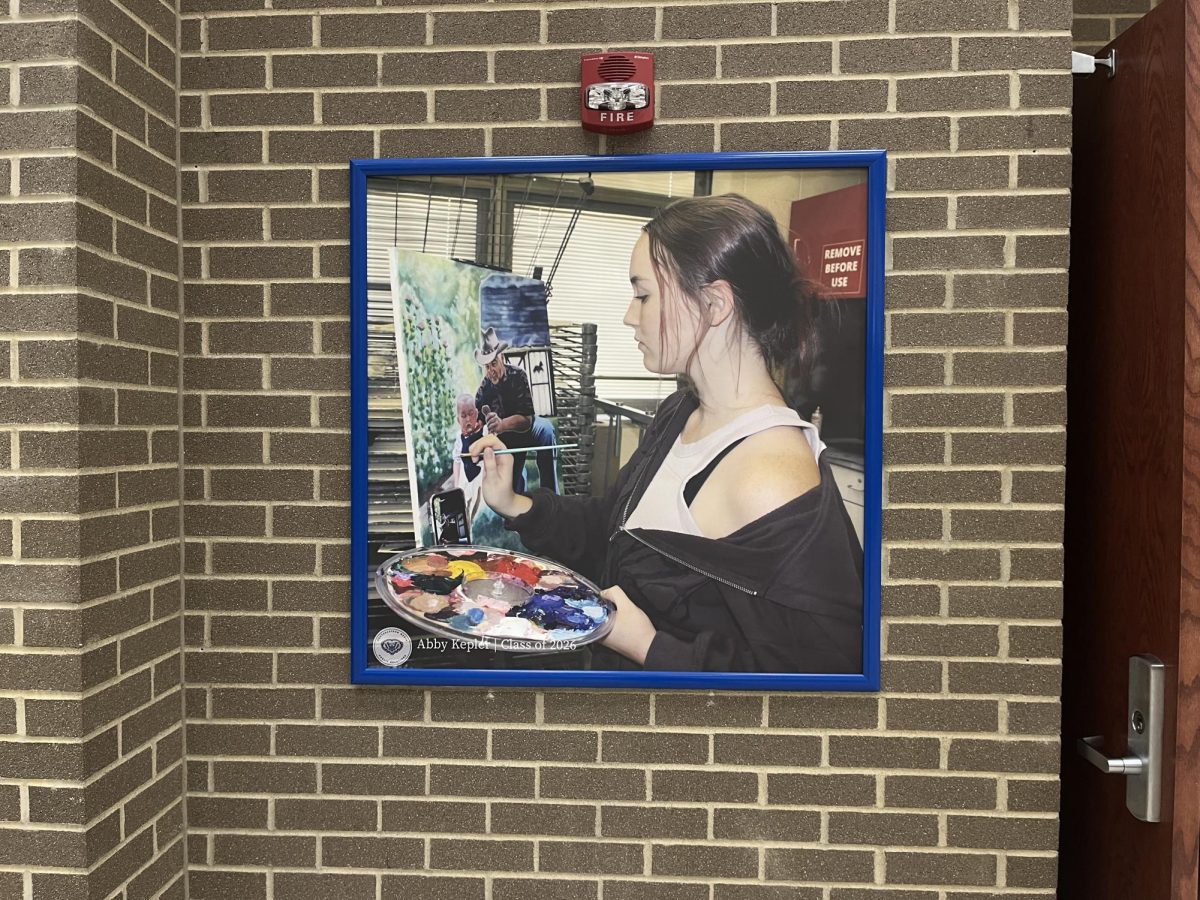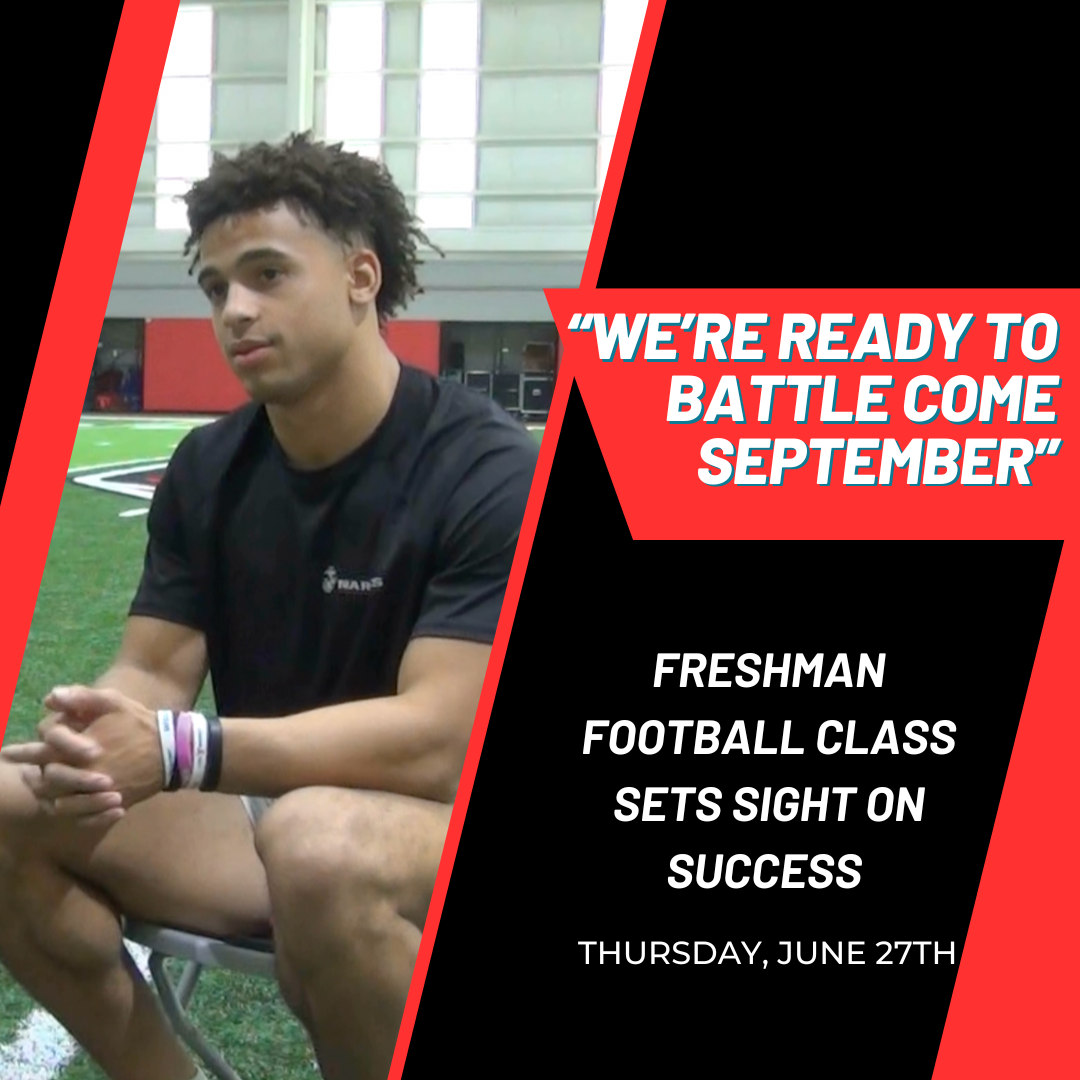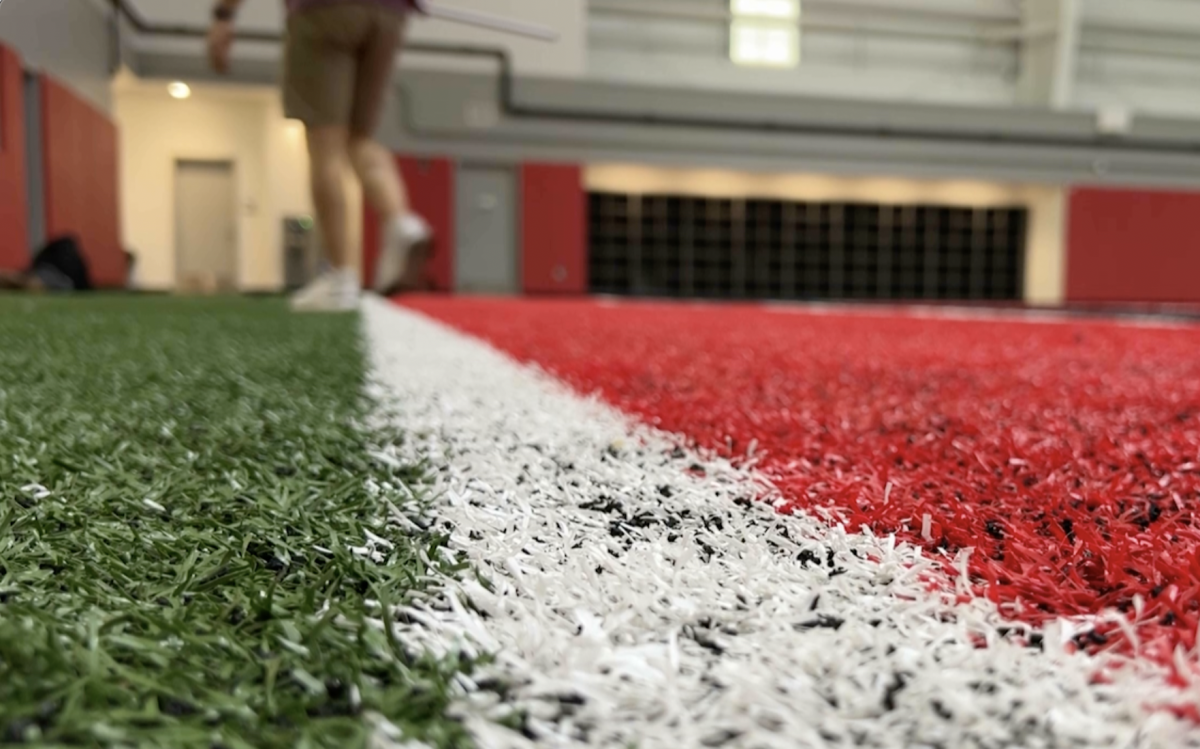In 1967, interracial marriages were legalized in America, creating not only a cultural melting pot but a racial one as well. According to National Geographic, by 2050, a majority of Americans will have no single race. Interracial families will be predominant in society, leading to blending of origins, races and cultures. This movement is leading to many people marking multiple census boxes, instead of just one.
As shown by U.S. census data, between 2000 and 2010, there was a 32 percent increase in the overall multiracial population. Change is not only fast approaching: it is already occurring.
The evidence lies not only in places customarily considered diverse, but also, and even especially, in places that are not.
Hamilton Southeastern is often stereotyped as invariably monochromatic. Many Fishers residents do not notice the error in this misconception.
Senior Noah Sandel, who identifies himself as Black and White, is actually made up of eight nationalities: Polish, German, Bohemian, Danish, English, Scottish, Irish and Italian. Sophomore and self-identified Hispanic Victoria Olson is Cuban, German and Irish. These are just two of the many multiracial students that identify with more than one race and make up 3.2 percent, or 95 students, of the school population.
These students often find their races go unnoticed among their classmates because they do not look like they belong to one individual race.
“People think it’s weird that I don’t look ‘Cuban,’” Olson said. “They think that it is weird that I have red hair and speak Spanish.”
Junior and self-identified Mexican-American Meagan Alonso agreed. She said she has had the truth of her heritage challenged simply because she does not look ‘Hispanic.’
“No one really notices [my race] because I’m so pale,” Alonso said. “If I could change anything about myself, I’d actually want to look a little more Mexican. When I bring up my heritage, people always call me a liar.”
This is just one form of modern racism. While this is mild in comparison to the discrimination discussed in history classes, it is still an issue for multiracial Americans.
“There are occasional ‘over-the-border’ jokes,” Alonso said. “It can bother me if the person doesn’t seem [to be] joking, especially with immigration issues now. As I get older I understand more, and it gets a little more offensive.”
Junior and self-identified Hispanic Jordan Zermeño has dealt with the same thing from her friends.
“There’s always been a little racism: White people make fun of me because I’m Mexican, and Mexican people make fun…well, not as much as White people,” Zermeño said. “Sometimes they’ll call me a ‘Border Hopper,’ which annoys me. Sometimes I know they’re joking, but some people actually care [about race]. There is a line.”
Sandel, having lived in southern states, has dealt with racism that many in Fishers would not imagine occurring.
“I moved to a school [once] where the mascot was a rebel soldier holding a confederate flag, so I was the ‘Black’ child there,” Sandel said. “There were four confederate flags in the school, so I was encountering the people in this small unknowing community, and obviously there was racism.”
However, perhaps the most shocking experience was that of sophomore and self-identified Blasian [Black and Asian] Samone Malone.
“One time in Alabama, a Cracker Barrel wouldn’t serve my family,” she said. “We were going on a road trip, and we stopped to get breakfast in some small town. We asked for a table for three and the hostess said that no tables would be available for my family.”
While this kind of discrimination may sound archaic, it still exists. Due to the racism these multiracial people experience, they often attempt to break away from racial profiling.
Junior Alexa Jenkins, who identifies as Black and White, knows this feeling. Jenkins is constantly trying to prove people she is more than the stereotypes people make of her.
“You always experience [discrimination],” Jenkins said. “Although I am biracial, people still view me as Black. Although I am biracial, I still fall under the Black stereotype.”
It has also taken junior Erica Matthews, Korean and Polish, time to come to terms with her identity.
“Not fitting in [has been the biggest struggle] because no one really looks like me. But then, when I went to Korea, no one looked like me either,” Matthews said. “Back in intermediate or junior high [I would have] changed myself. I remember wishing I had blonde hair and blue eyes, but then I kind of realized everyone is different in their own ways, really. It doesn’t matter how you look on the outside.”
Matthews used to be concerned with fitting in. In her sophomore year, she came to the realization that she should not care. Her younger sister helped her realize that she should embrace her difference from others.
This seems to be a common sentiment among other multiracial students.
“[People of mixed races] should be proud of that, because it is cool to be sort of diverse,” Olson said. “You should embrace it. It’s not something you can control. We should accept the diversity and the different ethnic groups.”
Despite her experience with racism, Malone agrees with Olson.
“I think people look at you as a person nowadays, not as a color. You are who you are, and if you’re unsatisfied with that then you’re making yourself miserable,” Malone said.
Despite the occasional racism and identity-confusion, these seven multiracial students agree on one thing: it is best for people to appreciate their cultures and be who they are without regard for the opinions of others. As America shifts toward a more blended, multi-racial demographic, it is clear that the separation between races is becoming more blurred with time.
“A lot of times people are like, ‘what are you?’ [I say] what do you mean?” Matthews said. “I’m a person.”
Katie Scherzinger, managing editor
Mary Claghorn, design editor

